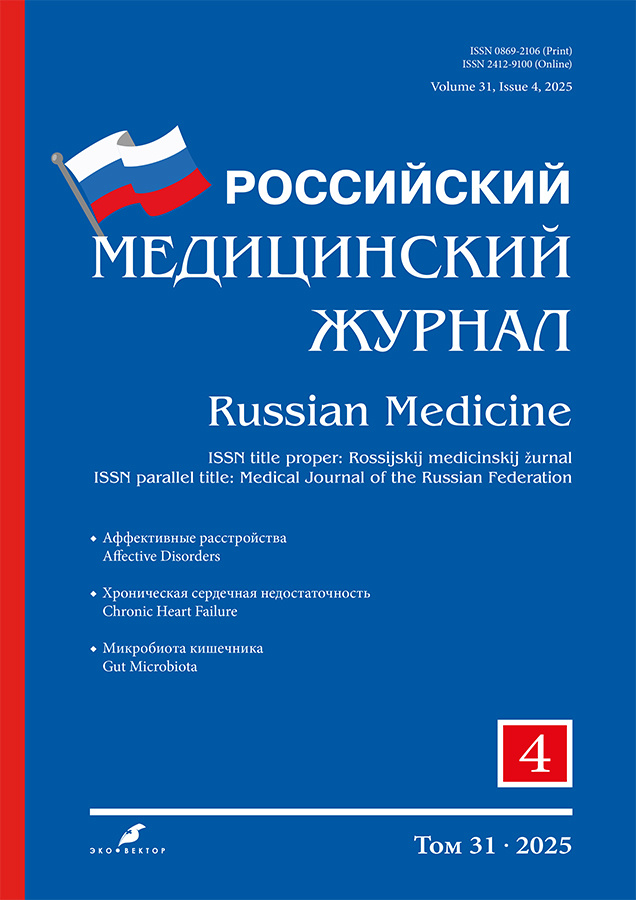Study of correlations between on-ice test performance and heart rate variability in ice hockey defensemen
- Authors: Gavrilova E.A.1, Oreshkov D.V.1,2
-
Affiliations:
- North-Western State Medical University named after I.I. Mechnikov
- Regional public organization "Hockey club SKA Saint Petersburg"
- Issue: Vol 31, No 4 (2025)
- Pages: 342-347
- Section: Original Research Articles
- URL: https://bakhtiniada.ru/0869-2106/article/view/313409
- DOI: https://doi.org/10.17816/medjrf679714
- EDN: https://elibrary.ru/NFGZMV
- ID: 313409
Cite item
Abstract
BACKGROUND: Heart rate variability indicators in ice hockey athletes have been explored very poorly thus far. Investigating correlations between the indicators of heart rate variability and on-ice testing (the most efficient method for assessing special work capacity, energy supply, and adaptation of ice hockey players) is highly crucial given the labor intensity, high cost, and invasiveness of on-ice testing.
AIM: To study heart rate variability indicators in ice hockey defensemen during on-ice tests and to identify correlations between the metrics resulting from the examination using two methods.
METHODS: The study involved ten defensemen from a major league hockey team aged between 19 and 34 during the season of play. The study methods included: pulse measurement using the PolarTeamPro2 team system; determination of lactic acid content in blood using a photometric method; estimation of special work capacity, energy supply, and blood buffer capacity of players through on-ice testing; 5-minute rhythmocardiography using the KFS-01.001 Cardiometer-MT electrocardiograph (MIKARD-LANA, Russia). Results data were statistically processed using the Excel-2017 software.
RESULTS: Seven out of ten athletes (70%) had type 3 heart rate regulation according to Shlyk’s classification. Based on the median spectral indicators, it turned out that the central heart rate regulation circuit (low-frequency waves and very low-frequency waves) was dominant in defensemen. The total wave spectrum growth significantly correlated with the heart rate recovery indicators in the sample of defensemen (the correlation coefficient was −0.69) and suggested that the characteristics of the defensemen were close to the model characteristics of on-ice testing (correlation coefficient of 0.689). The value of the parasympathetic component of the wave spectrum (high-frequency waves) significantly negatively correlated with the test completion time (correlation coefficient of −0.48) (special work capacity) and blood lactate in on-ice testing (correlation coefficient of 0.515).
CONCLUSION: Improvements in the cardiovascular system’s adaptation to special ice work and the approximation of defensemen’s characteristics to model characteristics are closely related to an increase in overall heart rate variability and the central heart rate regulation circuit. The dynamics of heart rate variability indicators can be used as an operational control over ice hockey defensemen.
Keywords
Full Text
##article.viewOnOriginalSite##About the authors
Elena A. Gavrilova
North-Western State Medical University named after I.I. Mechnikov
Email: gavrilovaea@mail.ru
ORCID iD: 0000-0002-7866-4996
SPIN-code: 9333-1955
MD, Dr. Sci. (Medicine), Professor
Russian Federation, Saint PetersburgDmitry V. Oreshkov
North-Western State Medical University named after I.I. Mechnikov; Regional public organization "Hockey club SKA Saint Petersburg"
Author for correspondence.
Email: oreshek1997@bk.ru
ORCID iD: 0009-0004-4051-381X
SPIN-code: 1925-4095
MD
Russian Federation, Saint Petersburg; Saint PetersburgReferences
- Uryupin NN, Savostyanov VV, Alekhnovich AV. General and special functional ready of hockey players. Tret'jak VA, editor. Moscow; 2014. (In Russ.) Available at: https://fhr.ru/upload/iblock/24d/obshaya-i-spec-funkc-podgotovlennost.pdf
- Brocherie F, Girard O, Millet GP. Updated analysis of changes in locomotor activities across periods in an international ice hockey game. Biol Sport. 2018;35(3):261–267. doi: 10.5114/biolsport.2018.77826
- Gavrilova EA. Using heart rate variability in assessing the success of sports activities. Prakticheskaja medicina. 2015;(3-1):52–58. (In Russ.) EDN: XVHLKH
- Galieva GB, Akhmetov ZhO, Dzhankuldukova AD. Study of the functional state of the cardiovascular system of highly qualified athletes at various stages of the training process. Bulletin OF D. Serikbayev EKTU. 2018;(3):52–57. (In Russ.) EDN: CIALXY
- Gavrilova EA. Heart rate variability and sports. 3rd edition. Saint Petersburg: Institut sporta i zdorov'ja; 2018. 186 p. (In Russ.) Available at: https://спортивная-медицина.рф/sites/default/files/store/additional/gavrilova_ea_variabelnost_rs_i_sport_show.pdf
- Shlyk NI. Heart rhythm and type of regulation in children, adolescents and athletes. Izhevsk: Udmurtskij universitet; 2009. (In Russ.) EDN: QLVYBB
- Lundstrom CJ, Foreman NA, Biltz G. Practices and applications of heart rate variability monitoring in endurance athletes. Int J Sports Med. 2023;44(1):9–19. doi: 10.1055/a-1864-9726 EDN: IPWBIB
- Vega-Martinez G, Ramos-Becerril FJ, Mirabent-Amor D, et al. Analysis of heart rate variability and its application in sports medicine: A review. In: Proceedings of the 2018 Global Medical Engineering Physics Exchanges/Pan American Health Care Exchanges (GMEPE/PAHCE). 2018 March 19–24; Porto. doi: 10.1109/GMEPE-PAHCE.2018.8400756
Supplementary files








